UV Imagers
Despite its scientific potential, time domain astronomy in the UV has not been studied extensively. Traditionally, transient observations from space are carried out in high energy domains (x-rays, gamma-rays). It is important to compliment these and ground based large surveys in the optical with UV sky surveys. Compact telescopes with a relatively small effective area allow observations of the brighter regions of UV sky which are usually not accessible to larger missions. These are our primary motivations behind these UV imaging telescopes.
NUTEx
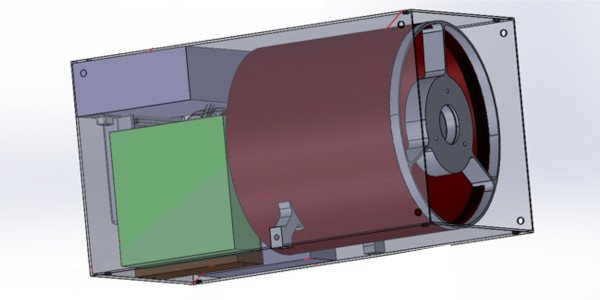
Near-UV Transient Explorer (NUTEx) is a near-ultraviolet (NUV) telescope designed to scan the sky in search of transient phenomena in the ultra-violet wavelengths (200-300 nm). NUTEx has an aperture of 148mm, a wide field of view (3 deg.) and is equipped with a solar blind MCP based detector. With an expected mission life of 1-2 years, it is well suited to map the brighter regions of the sky that cannot be observed with larger sensitive telescopes.
Status: NUTEx is undergoing final design customizations for an upcoming launch in Q4, 2025.
FISAT
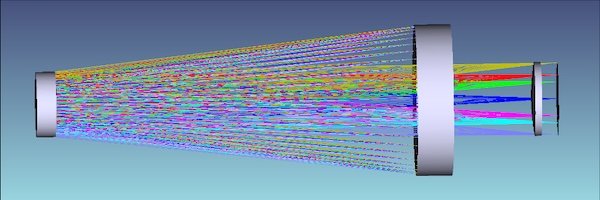
Far Ultraviolet Imaging Satellite (FISAT) is a far-ultraviolet (FUV) telescope designed to detect/follow-up transient phenomena in the ultra-violet wavelengths. FISAT has an aperture of 80 mm, a wide field of view (3 deg.) and is equipped with a solar blind MCP based detector. FISAT will be a capable survey instrument as well, to map the brighter regions of the sky in FUV (130-180 nm).
Status: FISAT is under development for an upcoming launch in Q4, 2025.
LUCI
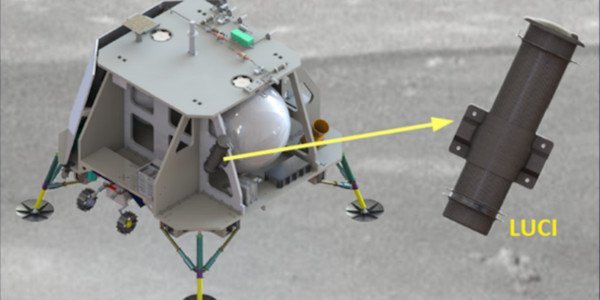
The Lunar Ultraviolet Cosmic Imager (LUCI) is a near-ultraviolet (NUV) telescope with all-spherical mirrors, designed and built to fly as a scientific payload on a lunar mission with Team Indus—the original Indian entry to the Google Lunar X-Prize. LUCI is an 80 mm aperture telescope, with a field of view of 27.6 x 20.4 arc-min and a spatial resolution of 5 arc-seconds, designed to scan the sky in the NUV (200-320 nm) domain. This instrument is meant to be a pathfinder for larger lunar UV Observatories.
Status: LUCI is calibrated and tested. Awaiting launch opportunities
Spectrographs for UV Astronomy
The UltraViolet regime, while relatively unexplored, is an exciting part of astrophysical spectrum and is not accessible from the ground. Our compact UV Spectrographs are designed for long term observations of the sky. Operating in scanning mode, these instruments will map the sky in the spectral line emissions from coronal gas (C III, 977 Å; O VI 1032/1038 Å), hot gas (C IV 1548/1550 Å) and warm gas (N III 1750Å), along with the Lyman and Werner bands of molecular hydrogen from cold gas.
SING
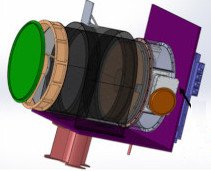
Spectroscopic Investigator of Nebular Gas (SING) is a near UltraViolet compact (400 x 400 x 500 mm) spectrograph designed to scan the sky and generate a spectroscopic map over long term observations. SING will operate in the range of 1400 to 2700 Å, at a spectral resolution ~ 3Å. SING is being developed in collaboration with the Institute of Astronomy (INASAN) at the Russian Academy of Sciences
Status: SING is assembled and calibrated. Currently stored in a clean environment in the MGKM laboratory for space sciences, IIA
TINI
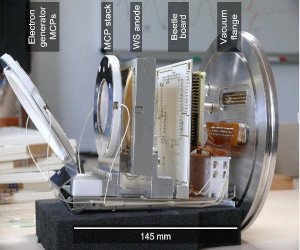
Tübingen-IIA Nebular gas Investigator (TINI) is a far UltraViolet compact (250 x 250 x 300 mm) spectrograph that will compliment SING in the far-UV regime. TINI will operate in the wavelength range of 900 to 1500 Å, at a spectral resolution ~0.8 Å. The instrument will be developed in collaboration with the Institute of Astronomy & Astrophysics at the University of Tübingen, Germany